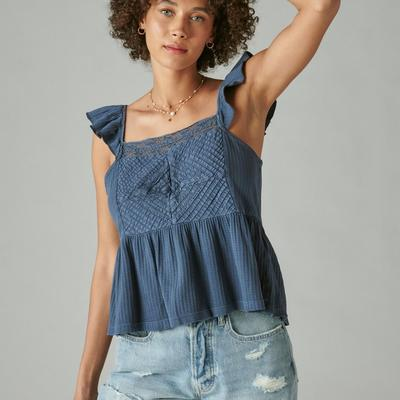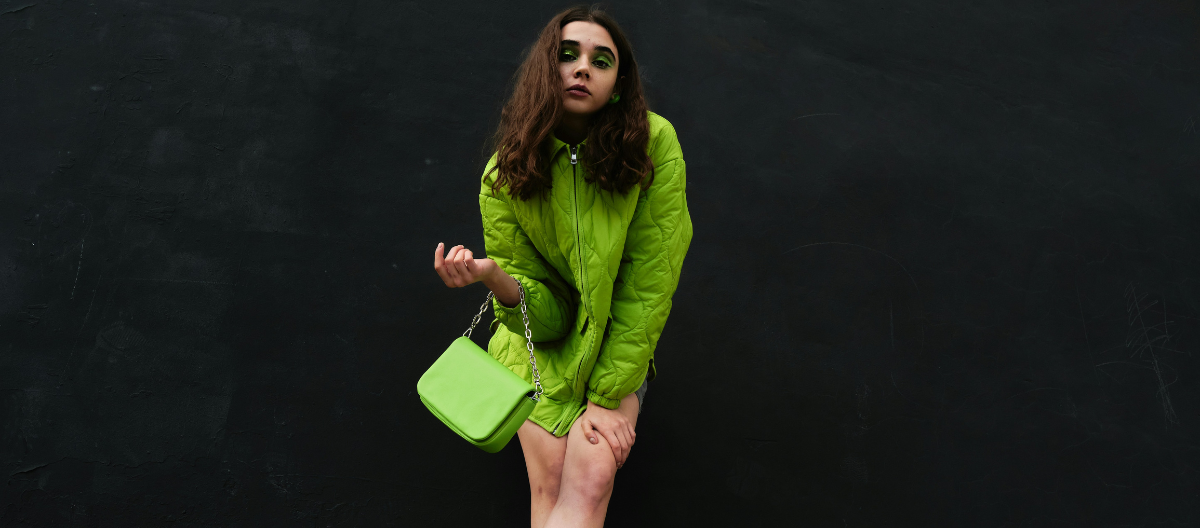Hey Diva dressing fans! When the items we love coincide with brands we work with, Diva dressing will use Paid Links in our articles. If you decide to click on these links and purchase the product, we get a small commission. Our Opinions Are Our Own, but we do add Paid Links as a way to offer these products at no added cost to our readers. Want to know more? Click Here to check out our Terms of Use anytime!
In today’s digital age, fashion trends evolve at lightning speed, thanks to the influence of social media platforms like Instagram, TikTok, and Pinterest. Micro-trends, which are short-lived but intensely popular, have taken over the fashion world, offering a rapid cycle of ever-changing looks that dominate timelines for weeks or even just days before moving on. These trends are driven by influencers, fashion bloggers, and everyday users, allowing for rapid dissemination and viral appeal. Here’s a deep dive into the phenomenon of micro-trends and why they’re capturing the attention of style-conscious individuals everywhere.
Micro-trends refer to fashion movements that gain massive popularity in a short period, often due to a viral moment on social media. Unlike traditional trends that might last for seasons or even years, micro-trends can become hot in a matter of days, only to be replaced by another equally fast-moving style. These trends are fueled by digital platforms where sharing, saving, and recreating fashion looks is part of the daily conversation.
- Social Media Impact: Platforms like TikTok have become the epicenter for discovering and spreading these trends, where users take a particular look or accessory and make it their own. One viral video is often enough to ignite a fashion frenzy.
- Fashion Accessibility: Micro-trends usually consist of affordable, fast-fashion items that can be easily obtained and replicated, allowing people to jump on the trend without spending too much.
Some recent micro-trends that gained traction online include:
- Y2K Revival: Early 2000s fashion made a huge comeback, with crop tops, baby tees, low-rise jeans, and butterfly clips taking over social feeds.
- Cottagecore: This romantic, nature-inspired aesthetic, characterized by flowy dresses, floral prints, and cozy knitwear, dominated TikTok as people embraced a nostalgic, countryside vibe.
- Checkerboard Patterns: Popularized by social media influencers and everyday fashionistas, this retro print saw a massive resurgence in everything from shoes to tops, accessories, and nails.
- Claw Clips: The 90s claw clip made a triumphant return, becoming the go-to hair accessory for influencers everywhere.
- Cut-Out Dresses: Bold, skin-revealing cut-out dresses caught the attention of fashion-forward users, rapidly spreading as a daring style for both day and night looks.
Micro-trends thrive for several reasons. They offer fashion enthusiasts a chance to experiment with their style, mix things up, and be part of a larger community of trendsetters. Some factors contributing to their appeal include:
- Instant Gratification: The fast-paced nature of micro-trends aligns with the desire for instant gratification. When a trend goes viral, there’s an immediate urge to participate and adopt the look, often leading to a “fear of missing out” (FOMO).
- Affordability: Many micro-trends originate from fast fashion brands, making them accessible to a wide audience at low price points. Since these trends don’t last long, consumers are more willing to invest in inexpensive, trendy pieces they can wear for a short period.
- Creative Expression: For many, micro-trends provide an outlet to express creativity. They encourage individuals to experiment with fashion, try new looks, and showcase their unique style to their followers.
Downside of Micro-Trends
While micro-trends are fun and dynamic, they come with certain drawbacks, particularly in terms of sustainability and the constant cycle of consumption.
- Environmental Impact: With micro-trends often tied to fast fashion, the rapid production and disposal of clothing items contribute to the growing problem of textile waste. Consumers frequently buy pieces that quickly go out of style, leading to increased environmental pollution.
- Pressure to Keep Up: The speed at which micro-trends evolve can create pressure on individuals to constantly update their wardrobe to stay relevant, contributing to a culture of overconsumption.
- Fashion Fatigue: With trends coming and going so quickly, some individuals may feel overwhelmed by the sheer number of styles emerging on social media, leading to fashion fatigue.
Sustainability and Micro-Trends
Despite the short lifespan of micro-trends, there’s a growing movement toward incorporating sustainable practices even within this fast-fashion framework. More influencers are encouraging their followers to shop second-hand, invest in versatile pieces, or even engage in DIY projects to replicate popular looks without contributing to waste.
- Thrifted Looks: Many fashion influencers are now promoting thrifted or vintage versions of micro-trends to reduce the environmental footprint while still participating in the latest styles.
- Reworking Old Pieces: Upcycling older wardrobe staples to fit new trends is gaining popularity, with influencers showing followers how to sew, cut, or style items in fresh, innovative ways.
How to Stay Ahead of Micro-Trends
For fashion enthusiasts looking to stay on top of micro-trends, social media platforms are the best resource. Here’s how to keep up:
- Follow Influencers: Keep an eye on fashion influencers and style bloggers who are often the first to jump on emerging micro-trends.
- Engage in Fashion Challenges: Platforms like TikTok frequently host fashion challenges where users create looks based on new or trending styles, offering a great way to discover the latest fads.
- Hashtags: Explore fashion hashtags like #fashiontrends, #OOTD (Outfit of the Day), or #StyleInspo to see what’s trending across different fashion communities.
Future of Micro-Trends
As social media continues to influence the fashion industry, the cycle of micro-trends is likely to speed up even further. With fashion consumers increasingly focused on immediate gratification, these quick-fire trends show no signs of slowing down. However, the future may also see a shift toward more sustainable practices within the micro-trend space, with a greater emphasis on slow fashion, ethical production, and circular fashion systems.
Lucky Brand V-Neck Ruffle Mini Dress $27.99
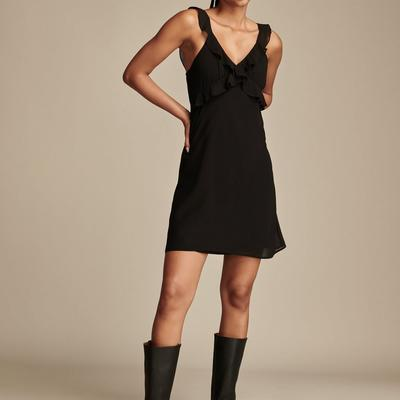
Lucky Brand Denim Corset Dress $27.99
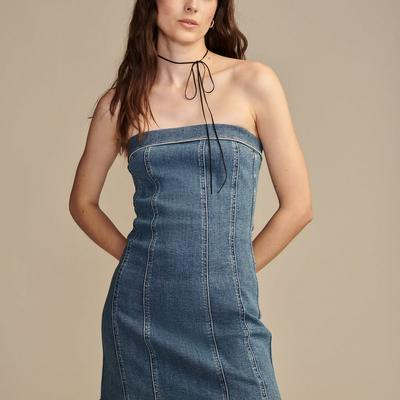
Lucky Brand Lace Mini Dress $27.99
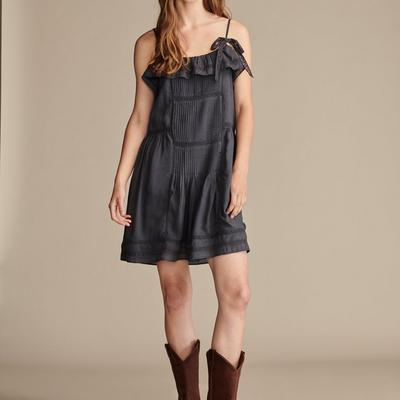
Cinched Bodice Mini Dress $27.99
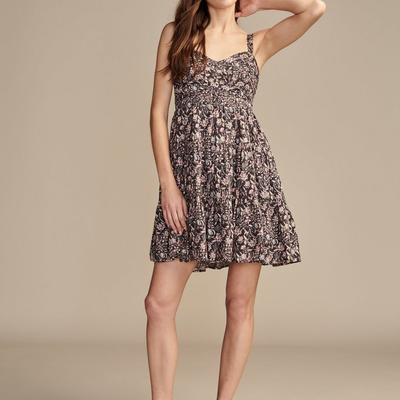
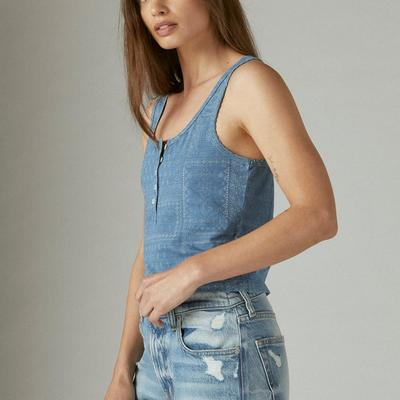
Lucky Brand Textured Yoke Peplum Tank $10.49
